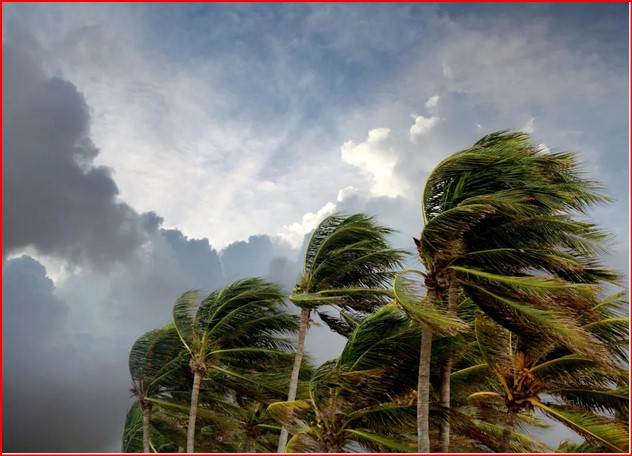Hurricane Erin is inching closer to the Eastern Seaboard, sparking evacuation orders, storm surge warnings, and dangerous rip currents along the East Coast. As of Tuesday, the storm was positioned about 655 miles south-southeast of Cape Hatteras, North Carolina, with maximum sustained winds of 105 mph, according to the National Hurricane Center (NHC).
States of Emergency and Evacuations
Authorities in North Carolina have declared states of emergency in two coastal counties. Dare County officials issued mandatory evacuation orders for Hatteras and Ocracoke islands, urging residents and visitors to leave before seawater overtakes Highway 12 — the critical roadway connecting communities across the Outer Banks.
Dare County Emergency Management Director Drew Pearson did not mince words:
“I encourage all residents and visitors to heed the evacuation order and take action to protect themselves, to protect their property, and to get up and leave — now.”
A tropical storm warning is currently in effect for the Outer Banks from Beaufort Inlet to Duck, while a storm surge warning extends from Cape Lookout to Duck. Forecasters say life-threatening inundation of 2 to 4 feet above ground level is possible in vulnerable areas.
Why Size Matters More Than Windspeed
Though Hurricane Erin briefly reached Category 5 strength last weekend, forecasters emphasize that its sheer size is now a greater concern than wind intensity. The storm is producing tropical-storm-force winds extending up to 230 miles from its center and hurricane-force winds up to 80 miles.



